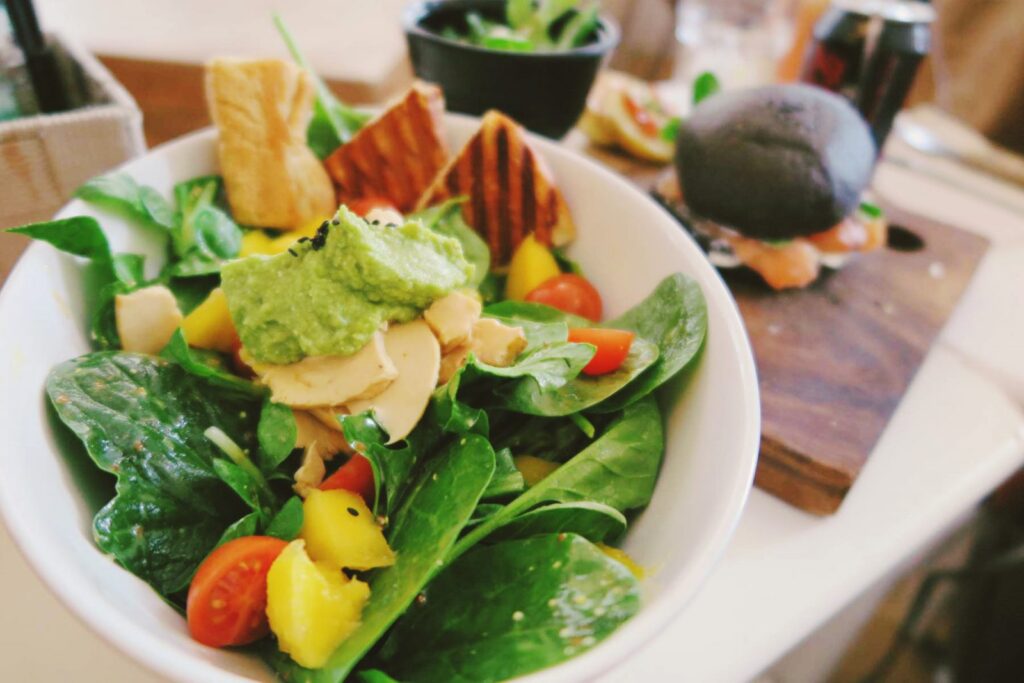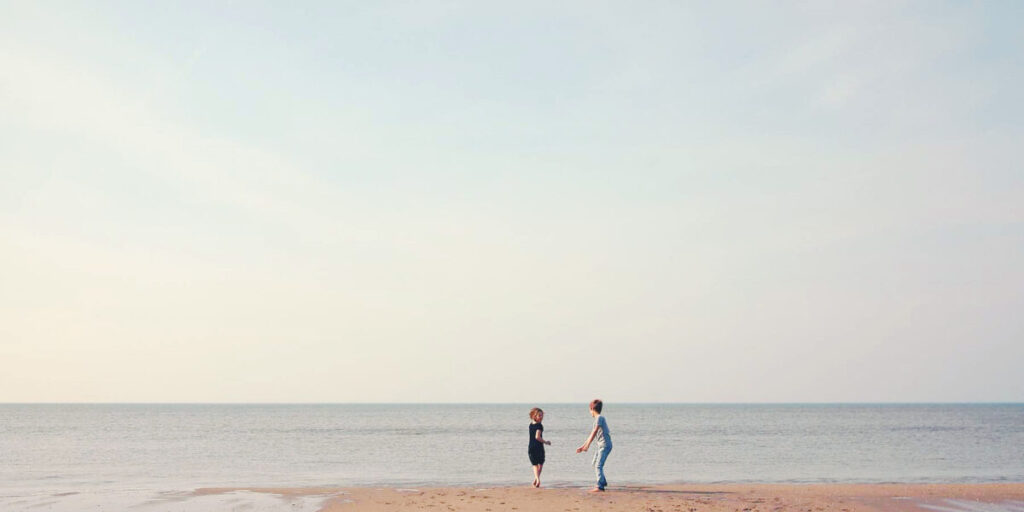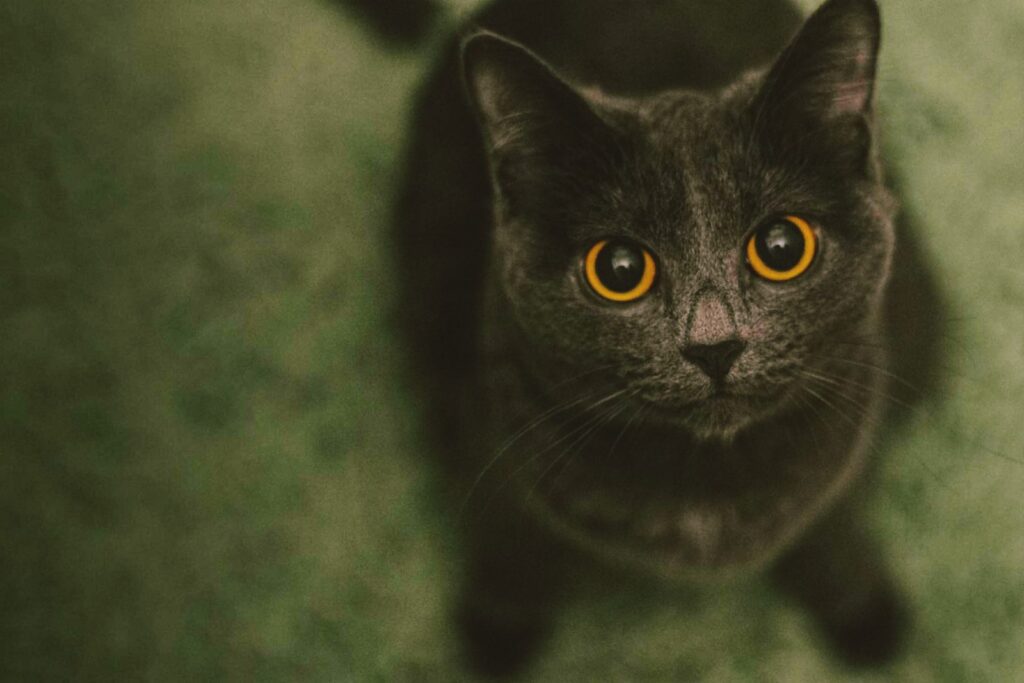Restaurant success depends on its social media campaign

As a young advertising/marketing professional and food fanatic, I can’t help but see my two worlds collide on a daily basis. I’m a big admirer of locally owned restaurants and the more I continue to experience Orlando’s growing culinary scene, the more something obvious sticks out to me: As a restaurant’s social media goes, so does its business. In this day and age of modern communication, everyone expects to be able to obtain the information they are seeking within a matter of seconds and more and more people are utilizing their mobile devices to do so. If you as a business cannot provide that information, you will hurt your chances of being successful. Social media is a tool that allows business owners the flexibility of interacting with their customers or followers in a quick and efficient manner. Whether it’s promoting daily specials, addressing questions and/or concerns from customers or just saying hello, social media provides a platform for businesses to effectively execute its marketing. So what makes social media so critical to restaurants and more specifically, locally owned restaurants? The answer is well… Everything. If executed correctly, social media can help a restaurant thrive. Alternatively, if executed poorly, social media can help lead to its downfall. Effective social media use allows owners and managers to create a more personal connection with their customers, increase their fan base, provide real time information and establish themselves as fellow members of the local community. This is very important because the foundation of local restaurant growth is based on reputation and referrals. Without the luxury of national marketing campaigns, it is crucial that these restaurants create and maintain a positive social presence day in and day out to stay fresh in their customers’ minds. Restaurants that fail to effectively utilize social media will find that just as quick as it can be to build a great reputation, it’s quicker to build a bad reputation through negative customer comments, reviews and poor communication. If you’re looking for examples of restaurants that are effectively using social media to boost their businesses, then look no further than these local favorites of mine: – 4 Rivers Smokehouse does a remarkable job of sharing restaurant news and releases with their followers. – Prato effectively keeps fans hungry and always wanting more with photo spotlights of their chef inspired dishes. – Tako Cheena establishes their place in the local community by posting customer photos and community events. – The Yum Yum Cupcake Truck does a terrific job of communicating daily truck location and interacting with fans. Because social media is so readily available to the public, it’s easy to understand how it could end up in the wrong hands. So before you take your business and enter the circles of the social media world, please remember that as a restaurant’s social media goes, so does its business. Need some social media inspiration for your brand? Contact our team of digital strategists today!
BIGEYE’s highlights from the 2012 Design Conference
On June 8th and 9th, I attended the Front End Design Conference in St. Petersberg, Florida. It was a two-day event for web designers and programmers covering the front-end side of web development and design. The first day featured a line-up of seven speakers, who discussed various topics including the future of shapes, fonts, and colors, to more technical topics like CSS preprocessors and CSS/JS tricks and techniques. My favorite had to be Dave Rupert’s hilarious “Getting’ Flexy with Uncle Dave” talk. One of the great things about this conference is the community. The conference is a small one, which makes it much more personal and intimate. It also gives you many chances to talk to the speakers and the community in general. It was great to be able to meet so many new people as there are a lot of passionate and smart people in the community. Not all of it was serious though. The Github After Party was a lot of fun and I got my first taste of chocolate covered bacon (which I later successfully recreated). This was my first conference I’ve attended, and I had a blast! Written by Michael Hurwitz, BIGEYE Web Developer Curious about other conferences we have attended? Find out here!
Mom rules the roost, but don’t discount what Dad’s got to say
Savvy marketers know that online moms are a powerful, vocal group that should be nurtured when they are the target of a brand. But recent research shows that we shouldn’t be putting all of our attention on mom—dads deserve a little bit too. Consider this recent study from Edelman and The Parenting Group: Millennia dads tend to have more online connections than millennial moms (96% compared to mom’s average of 70%), and 56 percent of new dads post family photos on social networks at least a few times per week. Surprised? Don’t be. One in six dads is now a stay-at-home father, and it’s a sign of the times that fathers are taking a more active role in raising their children. So what’s the lesson here? Marketers should be careful when defining parenting roles. Yes, moms are the major decision makers in most families, but today’s “father” is changing. Today’s fathers view themselves differently from the way fathers of earlier years once did. They aren’t afraid to push the stroller while mom is at work. They’re going to the grocery store and spending time in the park with their kids. They’re part of daddy groups. Gender roles are evolving. On top of that, today’s families are no longer the cookie-cutter portrait of mom, dad, 2.4 kids, and a golden retriever. America’s families are becoming more and more diverse. Recently, Huggies was forced to revamp their “Dad campaign” after online complaints from men across the country surfaced, saying that the advertisements stereotyped fathers as hands-off parents. Ouch! Here was Huggies’ response through their Facebook page: “We’ve heard the feedback from moms and dads alike regarding our recent ads, so we’ve taken steps to immediately update our TV advertising, Facebook page and online advertising…” So don’t discount dad. He’ll speak up if you forget about him. Do your research to determine if he could be an important target for your marketing efforts. Mom still holds the torch, but dad’s right on her heels. To learn more about how you can market to moms in order to create brand preference and instill brand loyalty, check out our Florida marketing agency’s recent whitepaper on marketing to moms, which discusses strategies for segmentation, creating appeals and assessing your own brand to determine the right moms for your business. At BIGEYE, we make sure our research supports our work. Take a look at what our research skills can do for you.
Pinning is Winnin’: Pinterest surpasses Tumblr, Linkedin & Google+

A new report from Experian now rates Pinterest as the sixth most popular social network in the U.S., behind empires such as Facebook and Twitter. The website welcomes about 100 million monthly active users and according to comScore, visitors are spending an impressive 89 minutes per month on the site. Pinterest is a great marketing tool for brands—especially brands with women as a primary target. 85 percent of all Pinterest users are female and 62 percent are between the ages of 25 to 54. From our experience, the key to a successful Pinterest marketing strategy boils down to creating targeted Pinterest boards. Every business should have at least three to five content-filled, industry-related boards. For example, if you are an interior design firm, you may have a board for Contemporary Living Rooms, Old World Kitchens, and Trending Accessories. Fill your boards with content and be sure to add some variety. The possibilities are endless, just keep it organized and true to your brand and your audience. Overwhelmed with all the possibilities? Here’s a tip to get you started: every day of the week has a most-pinned category for the site. Monday is fitness, Tuesday is technology, Wednesday is quotes, Thursday is fashion, Friday is humor, Saturday is travel, and Sunday is food and DIY crafts. Get creative with your Pinterest posts in order to stimulate your repining possibilities and be sure to pin often. Always post links that provide value to users. Be careful not to talk too much about yourself and always follow Pinterest etiquette. We suggest using great photography with each pin you make. Pinterest is a visual experience, and users are more likely to repin you if your pins will make their boards more attractive. For help with your Pinterest strategy, give us a call. We’d be happy to help you establish a successful presence on the growing social network.
The best response for your web design money can buy

Responsive web design – a term related to the concept of creating a website in a way that helps the design respond to different devices that access it, changing with the users screen resolution. Put simply – the layout of a website changes according to the size of the screen it’s being viewed on. Think fluid, content being automatically adjusted. So, rather than designing multiple sites for different-sized devices, the design is desktop-compatible but is also optimized for Smartphones and tablets. The reason for using this web design technique is to make sure that it works with the different screen resolutions while still looking crisp and clear – It designs one site but specifies how it should appear on varied devices. The importance of this technique is emerging fast – The future of the Internet will rely, primarily, on mobile devices (tablets, Smartphones, portable consoles) rather than basic desktops and laptops. The Basics: There are three essential elements involved in this method – flexible grid, HTML structure and media queries. The main element, flexible grid, is supposed to get you to stop thinking in “fixed” pixels. Now, screen resolutions need to have a liquid layout for the best solution, compared to the old fixed width style. Having a liquid layout means that the elements of the page are resized and somewhat rearrange. What flexible grid does for this is make the elements of the site proportioned in relation to one another when either stretched or contracted. Next is the HTML structure, which is basically how you’re design is set up and if it’s done in a logical manner. Last is the trick for responsive design – media queries. This element supports all the same media but has many new media feature including max-width, device-width, orientation and color. You also specify media type – screen, for example. There are three aspects to consider using this method of web design. Regardless of the screen size, you need to always make sure that the key information remains visible. The text must be easy to read whether you have one column or three. Other than the resize, the site must have thoughtful organization and is easy to navigate. Is this the best option for you? Three things to consider when deciding: context, content and your current situation. If your website is responsive, it will display the same content to both small and large screens, the only thing that will change is the formatting. So, consider what your goal is for mobile users and whether or not to show different content to them. A big consideration when developing mobile websites is speed. Mobile users are often using slow or weak Internet signals compared to desktops, and are a little slower in general. So, it’s necessary to avoid using any unnecessary content and stick to including just the key content. The last thing to consider is your current situation. For example, ask yourself how satisfied you are with your current website, how’s your budget and how valuable your mobile visitors are. Re-designing an existing website will be much more expensive than creating one from scratch. So now it’s time to ask yourself: “To go responsive, or not?” Our web design is pretty stinkin’ impressive. Head over to our Website & App Development page to see what else we offer.
Five super mega social media moments that stood out from 2011

1. Osama bin Laden’s death first leaked on Twitter. Chief of staff for former Defense Secretary Donald Rumsfeld tweeted, “So I’m told by a reputable person they have killed Osama bin Laden. Hot damn.” 2. When a cobra escaped from New York City’s Bronx Zoo in March, it soon showed up on Twitter @BronxZoosCobra, boasting about its adventures in the city. 3. From goal posts to gargoyles, people all over the world shared photos of themselves “planking” face-down on an innumerable amount of services, via Facebook and Twitter. 4. The moment Steve Jobs’ death was announced in October, social networks exploded with condolences, tributes and impromptu memorials for Apple’s founder and CEO. 5. Friday soon received an anthem of its own with the popularity of Rebecca Black’s video “Friday” that was uploaded to YouTube. The video received more than 167 million views. Have one we missed? Let us know here!
Extreme social media makeover: BIGEYE Twitter edition
On Thursday, Twitter announced it was receiving a major makeover and the implementation of Facebook-style brand pages. It seems Twitter is finally trying to shift the Twitterverse from third-party apps and back to the site itself, while drawing more users away from the business-buzzing world of Facebook Pages. For now, Twitter has only rolled out the brand pages for corporate powerhouses like Disney and McDonald’s. The sleek new design allows businesses to customize their headers and promote a tweet of choice at the top of their timeline. Businesses will also be able to keep their mentions and @replies separate. One can assume it will only be a matter of time before brand pages will be available to the general public, as Google+ just launched its version of brand pages in October … and social networks are always keeping up with the Joneses. The overall Twitter facelift is much more streamlined and you’ll find three new buttons at the top of the page: Home, @Connect and #Discover. The @Connect button shows your mentions and also suggests accounts you might be interested in following. The #Discover button shows you what’s trending and videos and stories based on your interests. Other features include a simpler way to embed videos and more. For a glimpse of this Twitter overhaul, watch the video below:
Illuminate: The best way to connect with your audience

Illuminate the way you connect with your audience. Create a short and fun video, aka “splainer,” to engage and inform your viewers. Here’s a splainer we created for Illuminate – a children’s health and wellness blog by Arnold Palmer Hospital. Check out the blog for more of our handiwork!
Enjoy some spooktacular Halloween Facts from your BIGEYE friends

Check out more of the creative things we offer.
Ideas + Process = Unlimited Umbrella Drinks For Days

A lot of people are enjoying a well-deserved summer vacation. The vacation you are enjoying probably started with the simple question: Where to go? Do you want an adventure experience or a more relaxing getaway? After a little location research, most of us dust off the calculator to match our budget to a location. Then we start to plan our vacation experience, making tour arrangements or restaurant reservations. The bigger the vacation, the more planning it requires. While we all want to get to the fun part (really, who doesn’t love an umbrella drink poolside?), it’s all the work you’ve done before departure that makes the vacation so much fun. Much like a summer vacation, the creative process is a whole lot of fun. But behind every logo, video, website or marketing campaign is a thoughtful creative process. This process digs into the weeds of your marketing needs, and it is what turns a great design into a powerful marketing tool. For example, a logo advances your company by supporting desired perceptions. Brand identity expresses itself in every touch point of the brand, and becomes intrinsic to your company’s culture and a constant symbol. Wow! That brings into perspective why branding requires a disciplined process. Admittedly, it does take some patience to complete a logo design questionnaire (yes, every question) and spend time in conversation about the nuances of your product/company. Clarifying brand strategy through a full discovery makes it possible to design a logo that frequently appears in a space of about 1 ½” x ½” to represent your brand. Sometimes the excitement of the creative process can overwhelm one’s patience for the process. It really is important for you to compile all your logo design feedback into one document. This step brings your focus away from the individual elements and back to the big picture. Your feedback written down into one document also gives your team a chance to make sure everyone is on the same page. Our designers will use your specific direction to move your logo through several rounds of revisions until the final concept is achieved. With this perspective, you can see this outcome, your company logo, is worthy of a thoughtful and intentional creative journey. We love bringing our clients into the artistic world to explore colors, style, fonts, etc. But just like the roadmap to your summer vacation destination, it is our creative process that gets us to our destination — the right idea and design to meet your marketing needs. Thanks to all our clients for the awesome road trips we have experienced together to market your brand.